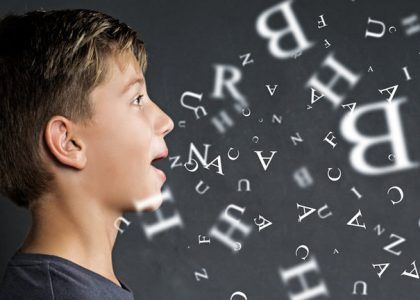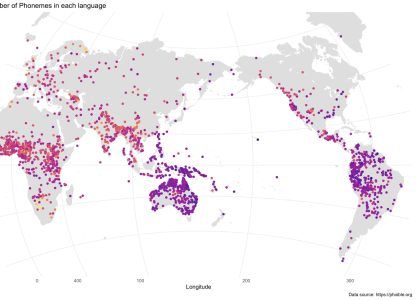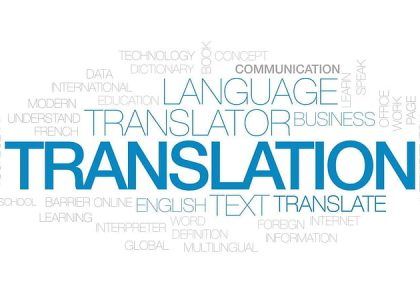Since the eighteenth century, when modern languages were introduced in the curriculum of secondary schools in Europe, translation has played a role in language learning and teaching. Practice exercises consisted of translating sentences into and out of the mother tongue, and vocabulary was learned by memorizing bilingual lists of lexical items. The pedagogic objective was to read literary classics and benefit from the intellectual development that results from foreign-language study.
In the 19th century, reformers advocated the primacy of oral communication skills and the importance of phonetics in teacher training; the use of coherent, interesting, natural texts containing examples of the grammar points being taught.
Bilingual education offers students the possibility of becoming bilingual and biliterate. Language majority students learn a language other than the dominant one which they speak at home. Language minority students, such as immigrants, refugees and indigenous peoples, who speak a non-dominant language at home, learn the language used at school in ways that support their home language. To achieve these goals, bilingual education integrates content and language learning, and uses two languages as media of instruction and assessment (García and Homonoff Woodley 2015:132). This pedagogical approach is known as translanguaging (Williams 2012; Lewis et al. 2013; Garcìa and Li Wei 2014), a term which refers to the use of the entire language repertoire of bilinguals in order “to make meaning, successfully communicating across ‘languages’ and ‘modes’ by combining all the multimodal signs at their disposal”, without privileging one over the other (García and Li Wei 2015:231). This pedagogy empowers learners to use all the semiotic resources available to them – including verbal signs, gestures, pointing, physical imitations, noises, drawings and onomatopoeic words – to mediate complex cognitive activities, affirm multiple identities and hone agency (-> Encyclopedia of Translation Studies). In bilingual education programmes, translation is used as one of several teacher-initiated activities that scaffold learning and develop translanguaging abilities (García and Li Wei 2014:119–125). Translation, together with reading, writing, comparing and listening to multilingual texts, fulfils a wide range of goals. These include differentiating among students’ levels and adapting instruction to different types of students in multilingual classrooms, for example, those who are bilingual, those who are monolingual and those who are emergent bilinguals; developing and extending new knowledge, critical thinking and critical consciousness; and interrogating linguistic inequality and disrupting linguistic hierarchies and social structures.
A translanguaging pedagogy might involve, for example, the teacher introducing new words and their definitions, followed by students translating the definitions into their home languages.
Literary translation can, also, foster creative writing and language skills, and raise awareness of other cultures.
The use of translation is also upheld as a cognitive, metacognitive and socio-affective learning strategy (González Davies 2014). Moreover, when combined with translanguaging activities – such as the analysis of metaphor or the modal system in parallel texts – translation contributes to raising language learners’ awareness of cross-cultural variation.
Cross-linguistic mediating activities, in particular, consist of different types of translanguaging – relaying specific information, processing text, explaining data across languages and cultures in speech and writing – as well as translating a written text in speech and writing in another language (Council of Europe 2018).







